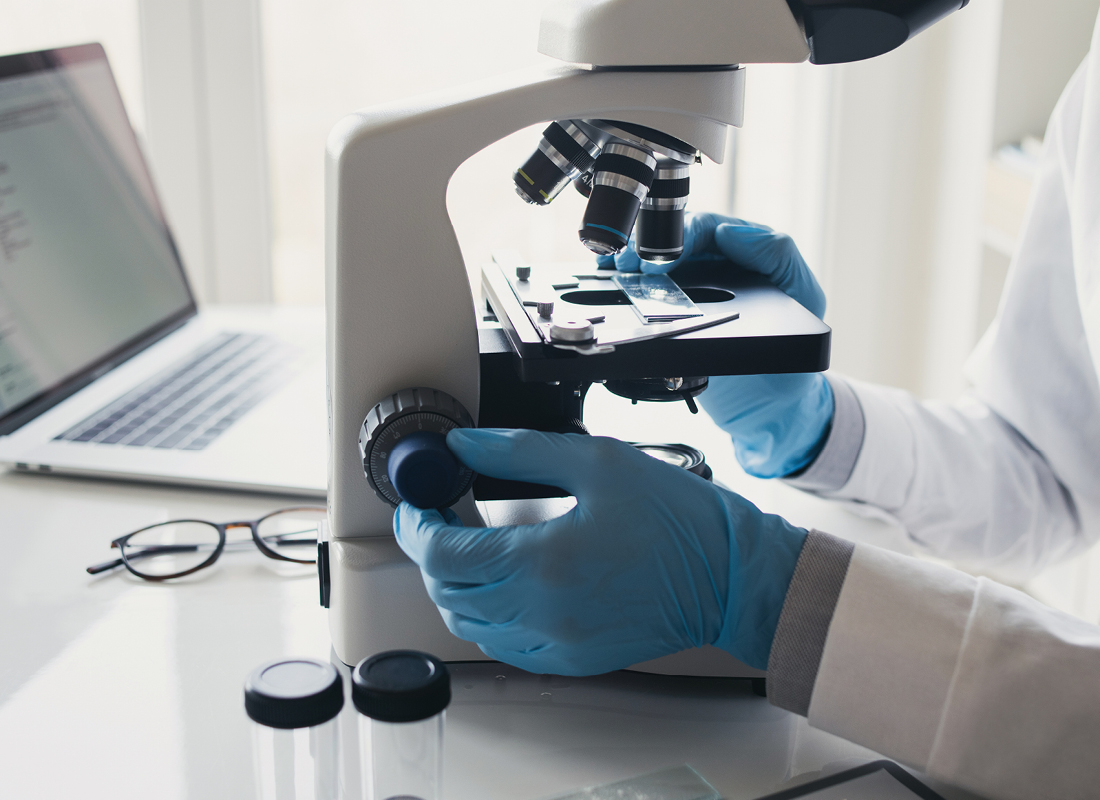Diagnostics Lagging for Tickborne Infections
From - Diagnostic Testing & Emerging Technologies The incidence of tickborne infections is on the rise in the United States. Yet, prevention and management of these infections are… . . . read more

The incidence of tickborne infections is on the rise in the United States. Yet, prevention and management of these infections are hampered by inadequate diagnostics, according to a perspective published in the Aug. 23 issue of the New England Journal of Medicine by the leadership at the National Institute of Allergy and Infectious Diseases.
The number of reported cases of tickborne disease has more than doubled over the past 13 years, according to the Centers for Disease Control and Prevention (CDC).
Even still, experts believe the public health burden of tickborne pathogens is considerably underestimated. For example, the CDC reports approximately 30,000 cases of Lyme disease per year but some estimate that the true incidence may be 10 times higher.
This discrepancy in understanding the incidence of tickborne infections results partially from limitations in surveillance and reporting systems, but it also arises from the constraints of available diagnostics.
The authors say that diagnostic utility is affected by a number of factors, including variability among laboratories, timing of specimen collection, suboptimal sensitivity during early infection, imperfect use of diagnostics (particularly in persons with low probability of disease), inability of a single test to identify coinfections in patients with acute infection, and the cumbersome nature of some assays, which require specialized laboratories.
Current diagnostics, which rely heavily on serologic assays, have difficulty distinguishing acute from past infection. Additionally, there is a lag in being able to identify novel, emerging tickborne pathogens.
Yet, there are several new developments that may improve detection of tickborne infections. First, multiplex technology is now capable of detecting antibodies to thousands of epitopes, enabling distinction between eight tickborne pathogens. Additionally, nonserologic platform technologies, like next-generation sequencing, can help identify emerging pathogens.
“The burden of tickborne diseases seems likely to continue to grow substantially,” write the authors led by Catharine Paules, M.D., from the Office of the Director, National Institute of Allergy and Infectious Diseases in Bethesda, Md. “Prevention and management are hampered by suboptimal diagnostics, lack of treatment options for emerging viruses, and a paucity of vaccines. If public health and biomedical research professionals accelerate their efforts to address this threat, we may be able to fill these gaps.”
Takeaway: Development of new diagnostics is needed to help combat the rise in tickborne pathogens and infections in the United States.
Subscribe to Clinical Diagnostics Insider to view
Start a Free Trial for immediate access to this article